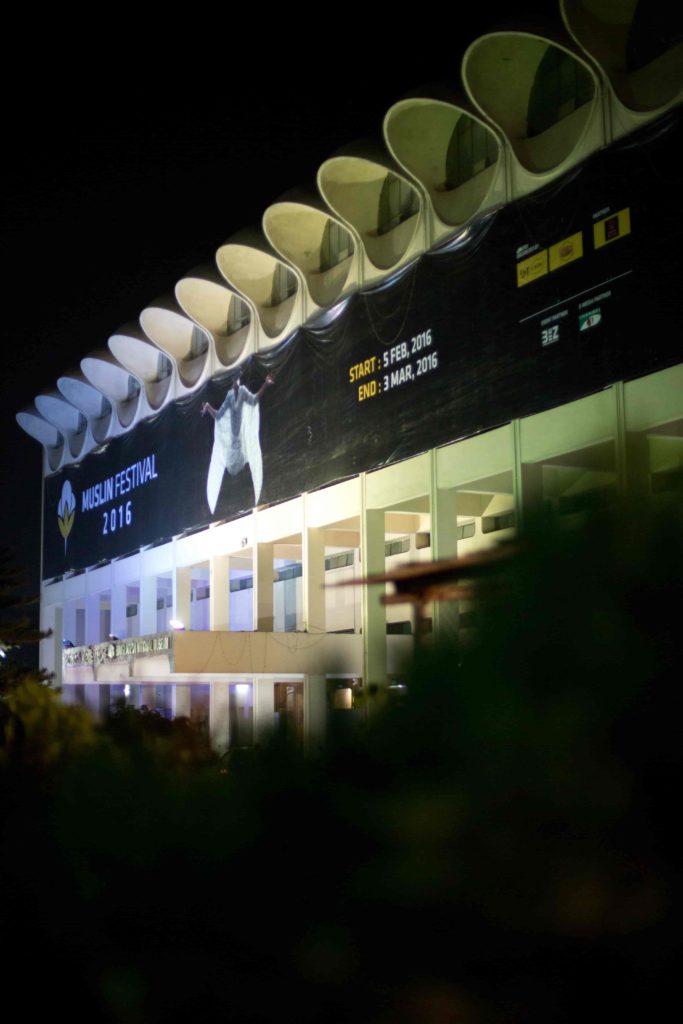Muslin Festival
Famed for being a hand-made, diaphanous fabric, muslin set a benchmark from the first century till the eighteenth for its transparent, weightless presence as the finest hand-spun and loom-woven cotton cloth known to this world. It influenced royal haute couture, taking three years to travel over land to far-flung customers from Italy to Indonesia. Named variously as ‘Gangetic Cotton’, ‘Woven Air’, during Roman times and later as ‘muslin’ by Marco Polo in the 13th century, it was produced from a unique cotton plant that grew exclusively along the banks of the river Meghna and Brahmaputra, in what is today Bangladesh.
Starting from 2013, Drik, in partnership with the Ministry of Cultural Affairs, Bangladesh, Bangladesh National Museum and Aarong, launched a series of exciting activities and events under the banner of the Muslin Festival. The goal was to tell the authentic story of this fragile and ephemeral fabric, to inspire its revival and to recognise its artisans.
The Festival, held in February 2016, brought together a large and diverse range of experts, academics, crafts people and passionate amateurs to embark on a journey to rediscover a glorious part of our country’s heritage and to consider a future where Bangladesh is at the summit of world textiles.

Bangladesh National Museum, the venue for the Muslin Exhibition 
Ruby Ghuznavi addressing a Muslin Seminar 
Musicians playing to entertain on Muslin Night
